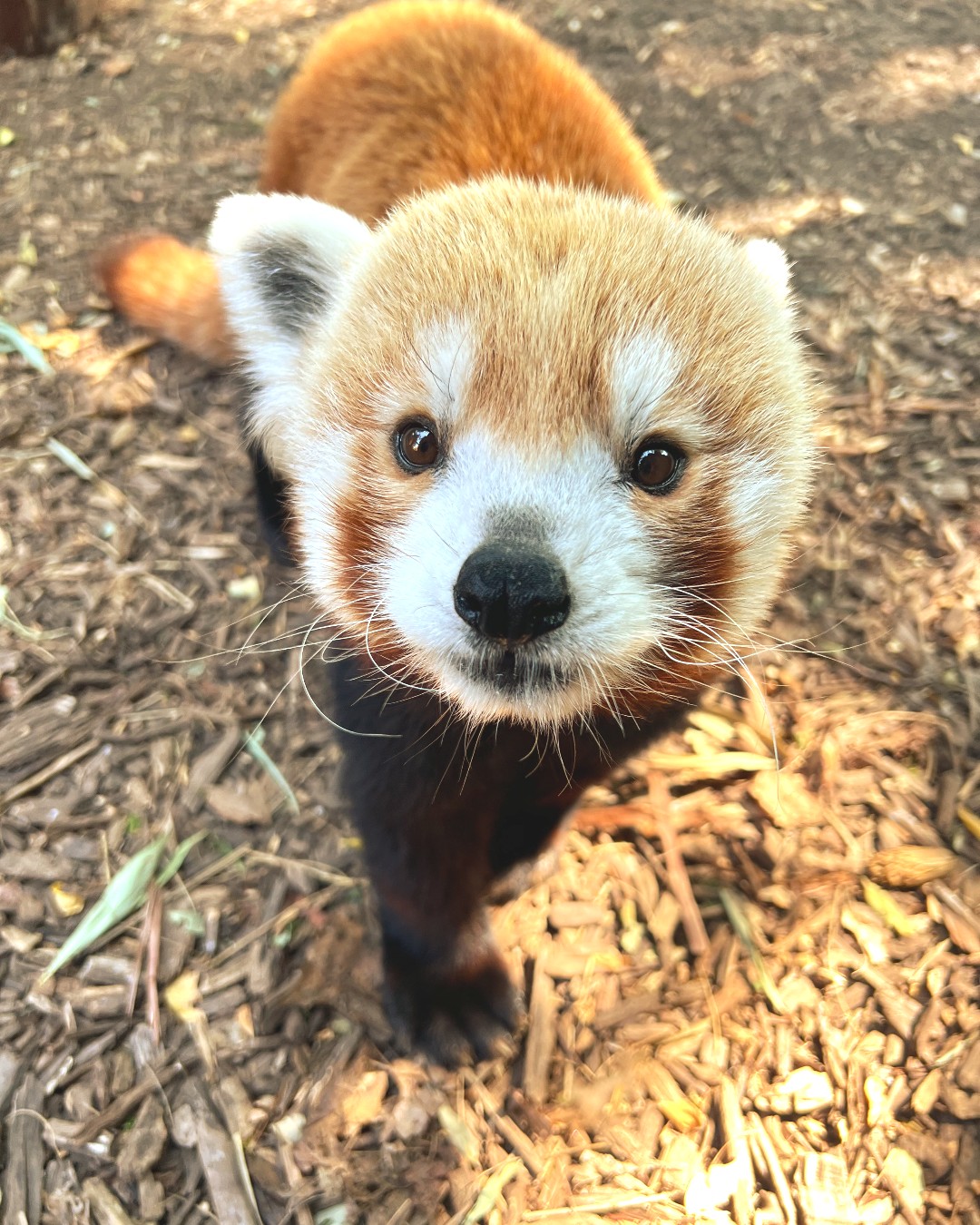- The significance of animal interactions in zoos and their impact on visitor engagement and education.
- Understanding Khumbie’s background: species, habitat, and conservation status.
- The role of nose boops and similar interactions in animal enrichment and welfare.
- Zoo management strategies for enhancing animal welfare and visitor experiences.
- The importance of wildlife conservation and the responsibilities of modern zoos.
Animal interactions in zoos play a crucial role in education and engagement, bridging the gap between humans and wildlife. Among these interactions, the simple act of a "nose boop" can capture the hearts of visitors, drawing attention to the intricate lives of zoo inhabitants and the broader goals behind such institutions. This article explores the delightful instance of "And the award for cutest nose boop of the day goes to… Khumbie! 😊" as a window into understanding zoo management, animal welfare, and wildlife conservation.
Khumbie, the recipient of our featured nose boop award, is not just an adorable creature. Examining Khumbie’s species offers insights into its natural environment and the essential conservation work happening in zoos. Khumbie is an African elephant, a species known for its intelligence, social structures, and facing threats in the wild. African elephants inhabit various landscapes, from savannas to forests. Their widespread presence makes them key to numerous ecosystems. However, challenges like habitat loss and poaching have pushed these majestic animals toward vulnerable status, emphasizing the need for their protection.
In zoos, moments like Khumbie’s nose boop are more than charming. They reflect essential practices in animal enrichment and welfare. Nose boops and similar interactions stimulate an animal’s senses, promoting mental and physical health. Enrichment activities replicate an animal’s natural behaviors, offering mental stimulation and reducing stress. These practices are vital for elephants, who thrive in environments encouraging social interaction and exploration. By allowing such interactions, zoos support both individual well-being and broader conservation education.
Managing a zoo involves carefully planning animal welfare while creating meaningful visitor experiences. Zoo professionals design environments and activities that support the natural tendencies of animals like Khumbie. The strategies aim to maintain a balance between educational outcomes and ensuring animals are not stressed. Training sessions, health checks, and enrichment activities contribute to the holistic care of zoo animals. Additionally, keeping visitors informed about animal conservation stories fosters a connection that extends beyond the zoo.
Modern zoos are on the frontline of wildlife conservation. Institutions have evolved from mere displays to centers of learning and protection for endangered species. Zoos participate in breeding programs, research initiatives, and public education campaigns to amplify their impact. Activities like the nose boop serve to educate visitors about species they may never see in the wild, fostering a deeper understanding of conservation challenges.
Conservation responsibility is shared by zoo staff, visitors, and the global community. Education on conservation status and challenges facing animals like Khumbie enhances awareness and encourages stewardship. Zoos offer a controlled environment for studying animal behavior, delivering insights necessary for conservation policies. Pioneering techniques in animal care and breeding developed in zoos can be applied to wildlife settings, aiding global efforts.
The charming narrative of the award for cutest nose boop of the day underscores much of what zoos strive for: care, connection, and conservation. By seeing beyond the adorable interaction, one can appreciate the depth of dedication zoos have toward the animals and the invaluable role they play in preserving Earth’s biodiversity.
*****
Source Description
And the award for cutest nose boop of the day goes to… Khumbie! 😊


